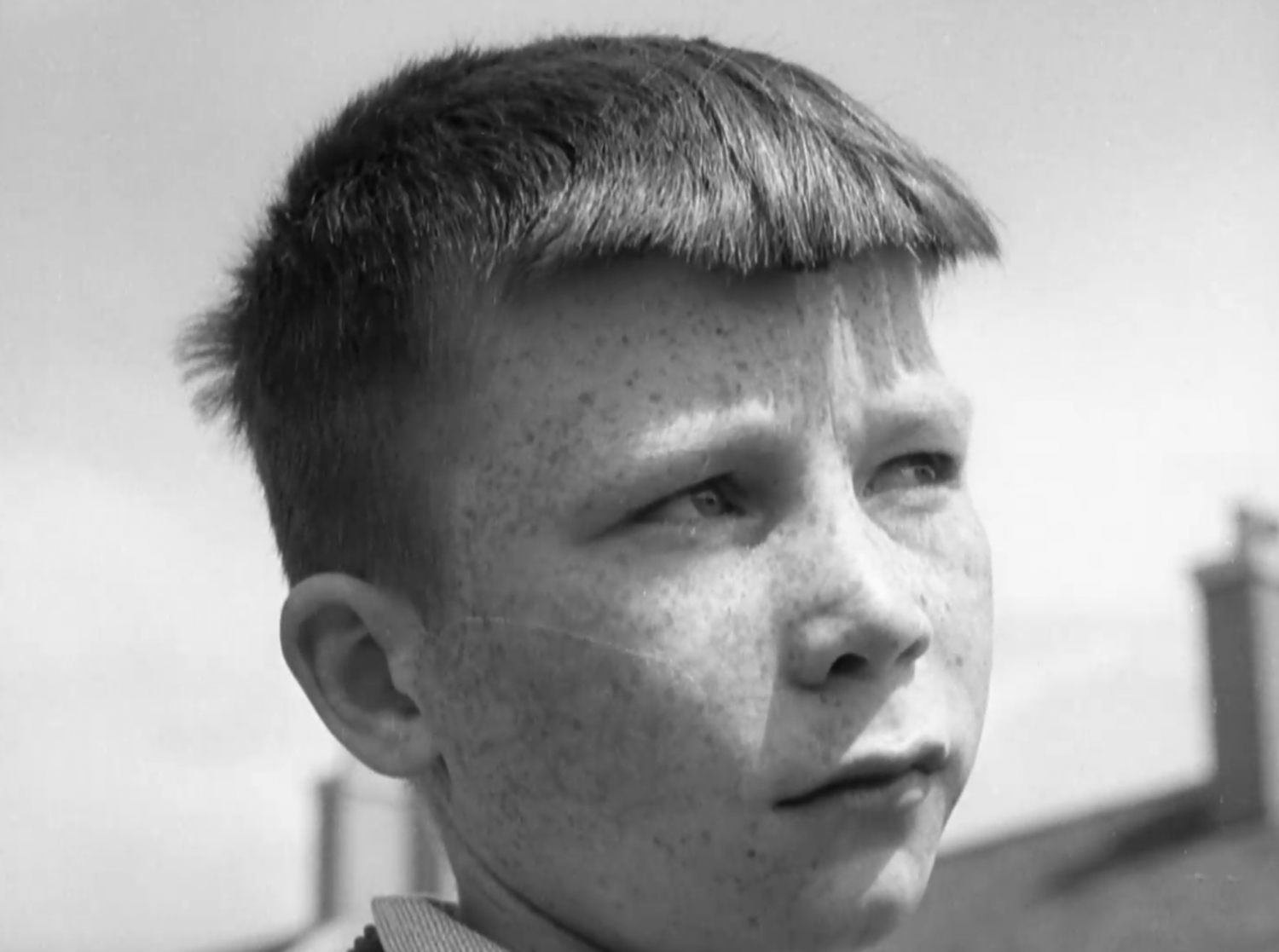That’s the questions Dr Emily Munro, curator of the Moving Image Archive, at the National Library of Scotland, asks in her new documentary, ‘Living Proof: A Climate Change Story’. View trailer: Living Proof - coming soon - YouTube
The production, mixing fascinating archive footage, dating back to the 1940s, with specially commissioned music from three Scottish artist - Louise Connell, Brownbear, and Post Coal Prom Queen - the film is at once beguiling, elegiac, challenging, and thought provoking; leaving the viewer wondering, ‘what next for Scotland?’, ‘what next for our planet?’.

Dirty past - clean future?
One thing’s certain, the problems we face today – seas becoming more acidic, polar icecaps melting, wildfires raging, and big businesses still pumping vast amounts of CO2 into the atmosphere - were warned of long ago, but, in our headlong rush towards industrialisation, were ignored.
The film, a co-production between the National Library of Scotland and Film Hub Scotland, doesn’t pretend to offer answers, but is a stepping off point to debate, and asking the right questions.
“It was a bit like getting in a time machine,” says Munro about researching the hundreds of hours of footage needed to make the film. “We’re looking at the nation’s collective, if fragmented, memory that’s recorded on film.”
Despite beginning with footage from nearly a century ago, much of the footage in Living Proof is strikingly prescient. “It’s a cautionary tale,” says Munro. “It may be an uncomfortable reality to face, particularly when so many people in our own country still face daily hardships and precarious economic circumstances, but Scotland grew rich off the spoils of the Empire which in turn fuelled the first industrial revolution and led to the world’s dependency on fossil fuels. We are a small country, but we can still be influential.”

Time for change
As we teeter on the precipice of our climate’s future, learning from our mistakes has never been more vital. “The whole project was about presenting questions,” explains Munro. “Are we capable of the change that’s required? And are we going to address the fundamental structural issues in our society that have led us to this point?”
Premiered in Edinburgh, then Glasgow, as part of the Take One Action film festival - takeoneaction.org.uk – the documentary is now to tour Scotland.

As others see us
Although much of the vintage footage focuses on the industrial heart of Central Belt Scotland – a landscape still marked and shaped by now vanished, highly polluting industries - it also takes in the post-war promise to the Highlands of unlimited, cheap hydroelectricity, and the North Sea oil boom of the 1970s.
Sadly, many of the promises made in these often glossy, industry-backed promotional films came to nothing, with businesses soon moving on to the next big opportunity, leaving only a legacy of unemployment, and heavily polluted brown-field sites.
Munro’s film also demonstrates that the camera is very much a tool and one that can be co-opted by corporations. “Some oil companies made series of so-called environmental films in the ’70s,” the director explains. “They’re fascinating because they’re speaking to concerns of the time that oil was going to run out. They’re actually really ambitious prestige films that are very convincing examples of ‘greenwashing,’ saying things like, ‘Yes, the weather’s changing, but that’s just because we have the technology to better understand it now,’ or, ‘The problem is population growth’.

The power to change
“Archives form part of our collective memory and these films, in particular, hold a mirror up to society at any given point. Living Proof is a continuous effort to balance corporate and government narratives with counter-narratives, to remind people that we have some agency in shaping our history.”
One segment of the film draws on a 1977 documentary, ‘The Living Land’, which was already questioning our direction of travel. “The narration is so melancholy and so relevant in terms of asking whether we’ve reached our limit and whether the human species can really comprehend where we are in time,” says Munro. “You watch that and think, ‘What have we been doing all this time?’”
“I was interested in the deep time of climate,” she explains. “Obviously, the collection only speaks to the 20th century, so that's what I have to deal with. But at the same time, the questions that we're dealing with now, we really need to learn to have a longer perspective in terms of what we do and what the consequences are going to be.
“For me, it was very, very moving to see ‘The Living Land’, having had that 45-year gap, and thinking: these are the same issues that we’re talking about now. And what’s happened? Nothing’s happened, almost nothing’s been done.”

A brighter, greener future
So, what are Munro’s hopes for the film?
“What I would like people to get from the film is an opportunity to really think about the stories that we’re telling just now, and the discourses that we’re sharing, and how new they are or not.
“The audience response has been fantastic. I have been so humbled people have taken the film onboard on its own terms and used the experience to reflect on what needs to happen next. I hoped the film would raise lots of questions, but I don’t think I’d expected it would resonate so strongly with people across so many different issues.”
“When we think about adaptation - what are we actually trying to adapt to? What does it mean to ‘adapt’ to climate change? These are the big questions that I hope people will connect with.”
See: takeoneaction.org.uk If you'd like to screen the film in your community. Contact @filmhubscotland